Morning All,
Since the twins arrived from John @ Red Ink, I thought I would show you the difference between a knocked-in and not knocked-in bat.
I would first like to say that both bats are made in the same profile and were pressed exactly the same. The pressing on these bats is soft.
Pre-knocking1. I will
ALWAYS remove all facesheets before knocking in. I have never, ever had a facesheet which, when knocking a bat in properly (Which includes the edges) survives fully intact. In my opinion, GN are the worst for this. I always have a touch of white spirit on hand. (
I know some people do not like using it - however I have owned/been through hundreds of bats in my time playing and a touch of WS to remove left over glue has never done any harm).
2.
ALWAYS oil the bat. I prefer to use two coats of pure linseed oil - leaving 24 hours between coats to allow for them to dry. (Always roll the grip up to make sure you do not get any oil on it, and NEVER oil the handle - If it gets into the splice it can weaken the glue). If you begin knocking when it is too wet, the wood will split, exactly the same if you let it dry out for too long. I leave bats to dry in a horizontal position and let gravity do its job. At this point it is very important to also oil the shoulders and toe. Both are areas where moisture can get in and do irreparable damage to your bat so it is important to protect them. For all the reasons above, it is important to leave
24 hours between second coat of oil and first round of knocking in.
Also, I know some people say 'I don't like my bats looking that brown colour'. I would say 'Get over it' unless money is no object and you do not mind buying a new bat every six games. It must be oiled in some way (Yes, bat wax has linseed oil in it).Knocking-inAs I have mentioned before, I use a three-mallet system to prepare all of my match bats. A very light, varnished Ash mallet, a GN Oak short handled mallet and the big boy - a 1kg open faced Lignum Vitae mallet (See picture below).
Firstly, NEVER knock in the sides, back, handle or bottom of the toe of any bat. This can cause damage OR just be a massive waste of your time. The point of knocking in is to make sure the playing area is ready for ball impacts.1. I use the ash mallet to softly proof and round the edges - striking at a 45 degree angle. I agree with Paul @ IJC that 'deflection striking' the edges is an inefficient way of doing it. (If the bat has been hard pressed - like some GM lower models, I may decide to skip this stage and move to the GN Oak mallet).
Either way, in my opinion, the most important aspect of knocking in is making sure those edges are fully rounded. In my experience, the edges are usually the first things to go when a bat is not knocked in properly2. At this stage, I will use the GN Oak mallet to begin knocking in the edges and face with increasing force. Making sure to cover the whole face and edges. It is at this stage you want to make sure the face is no longer indenting and edges are not compressing further - before using the heavy Lignum.
3. Using the Lignum has been something of a learning curve for me. It is obvious that it must be used with caution as if struck too hard on an unprepared surface, it will break your bat. However, I have found if used as part of a process, it gets the best results. Personally, I use it to make sure the edges and face are fully compacted before giving it a final knocking in. This involves placing the spine of the bat on a hessian sheet, which offers plenty of protection against the floor, holding the handle. I then begin knocking the bat face in like a machine would, making sure the face is fully compacted and edges rounded (I never hit the edges as hard as the face for obvious reasons). At this stage, the grains should be beginning to open. This is a good sign.
You do not need to Lignum Vitae mallet to knock in a bat, plus they are very expensive, however having one just shortens the knocking in time due to it's weight and size.Post Knocking-In1. At this point, I will use Bat Wax (Find Salix to be the best for this) to give the bat a shiny finish. After all the knocking in and oiling, you will find that the finishing skills of the bat maker would have been lost slightly - bat wax just helps to restore some of that, along with sealing moisture in the bat.
2. I will then facesheet and toe guard all of my bats - you may miss this stage. However, if I am paying so much on a bat, why would I not do this? I may lose a slight bit of performance, but these bats represent money to me so I want to make sure they are going to last as long as possible.
SummaryBelow you will see the difference between the knocked in and 'box fresh' Red Ink bats. Hopefully most of you will see the difference proper preparation makes (If you don't already!)

 Not knocked-In
Not knocked-In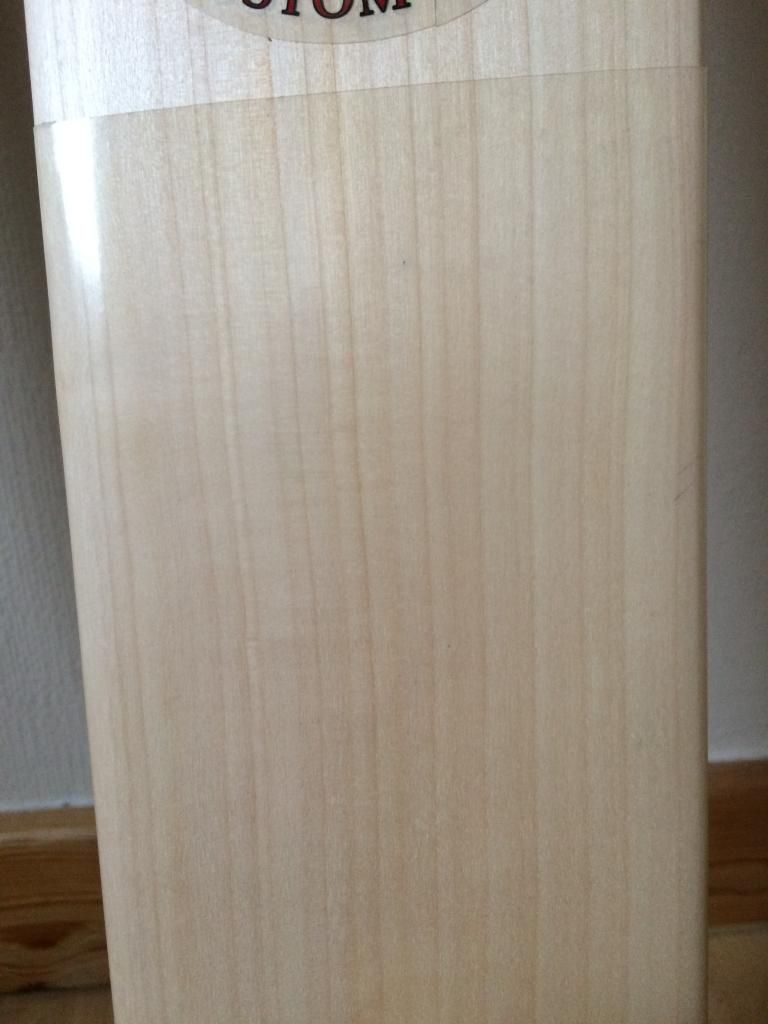
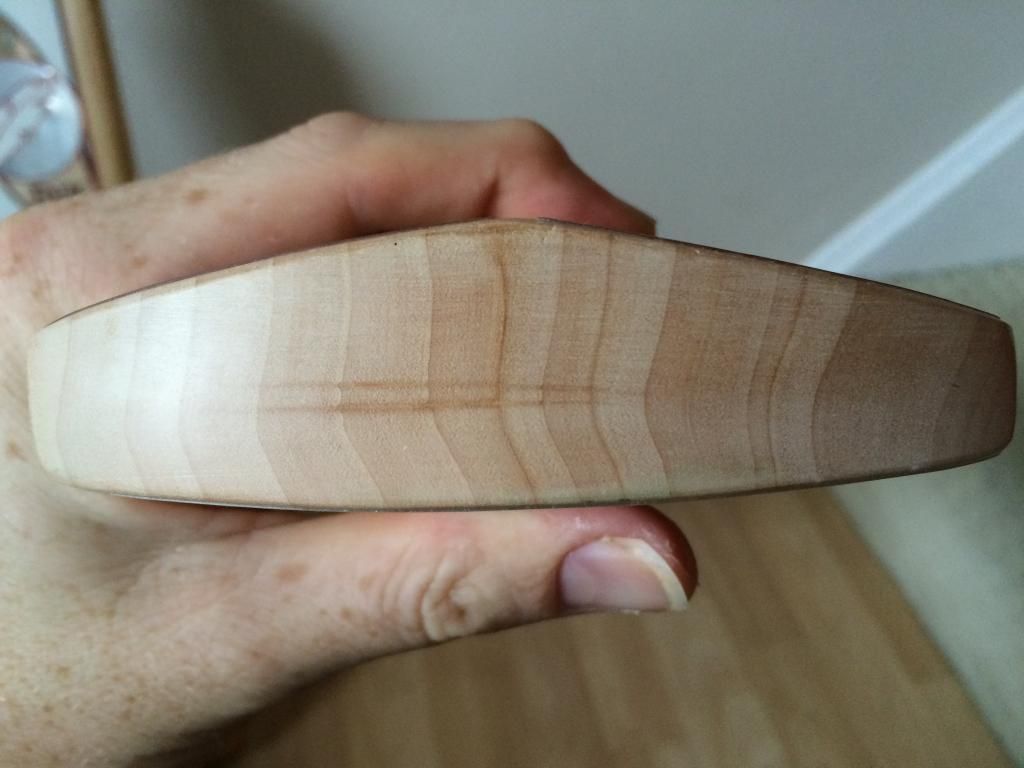 Knocked-In
Knocked-In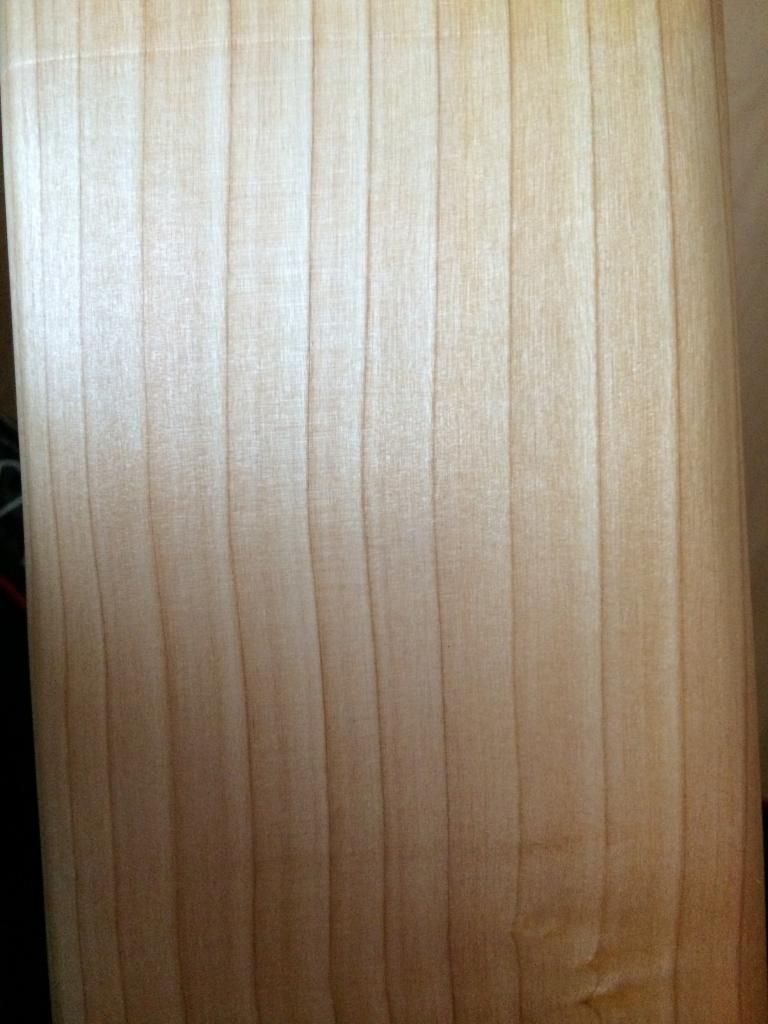
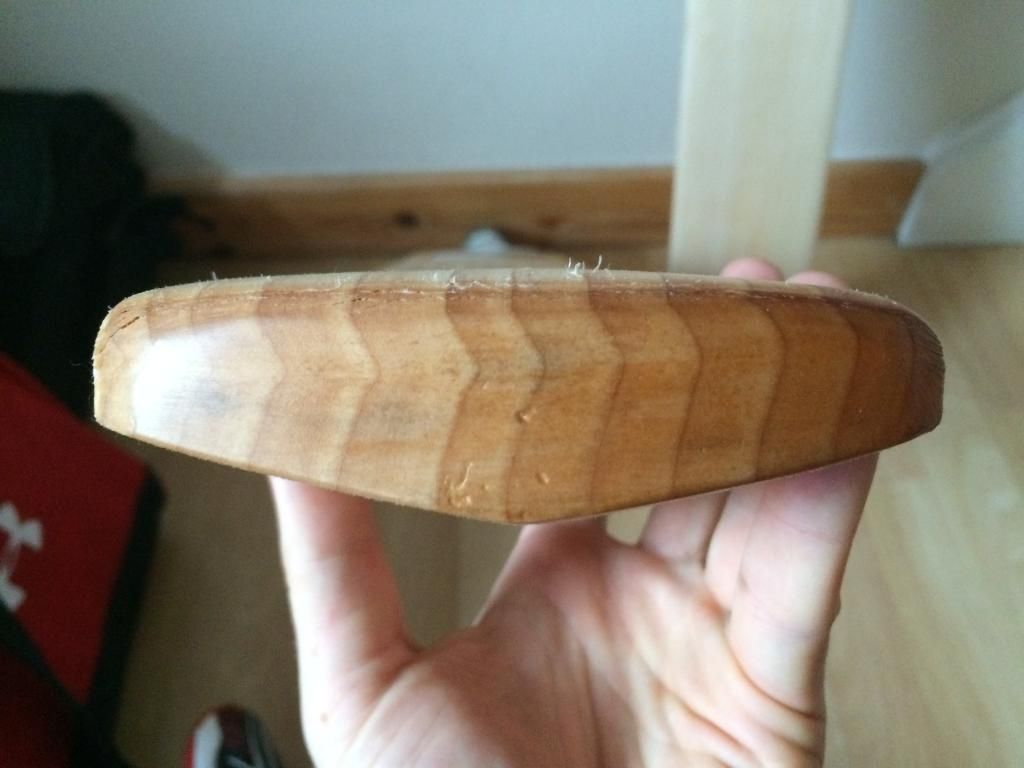 My Tools
My Tools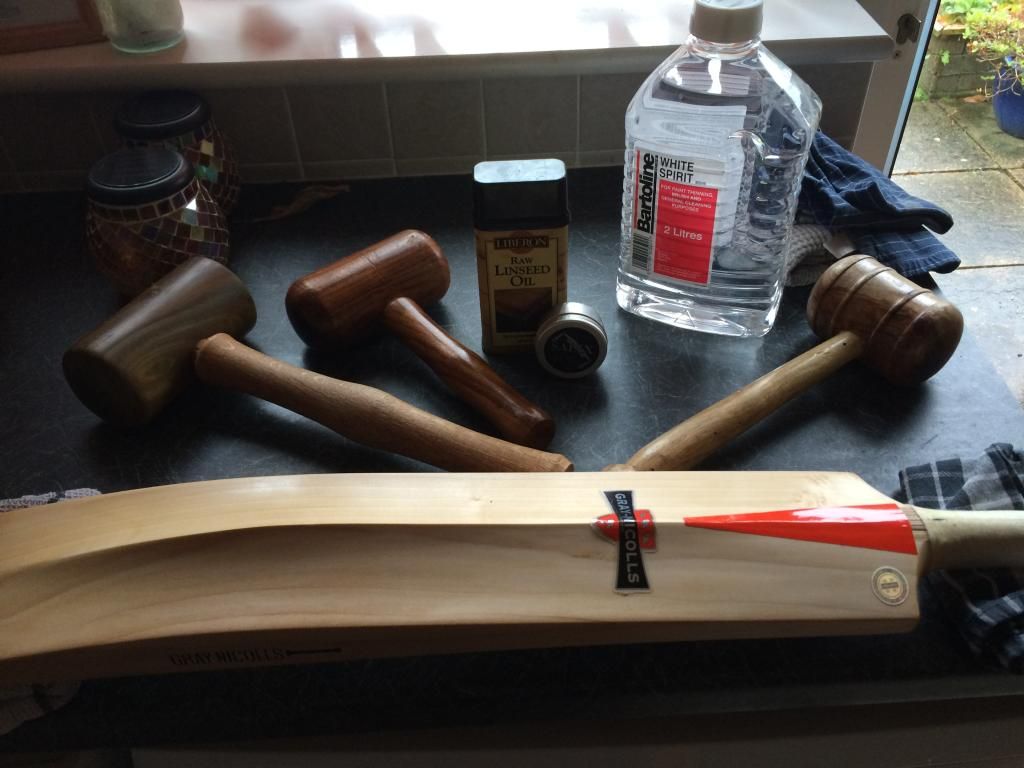
Cheers Guys

Any questions, feel free to post and I am happy to help.

 Author
Topic: Ginger's Knocking In Process (Read 177154 times)
Author
Topic: Ginger's Knocking In Process (Read 177154 times)
